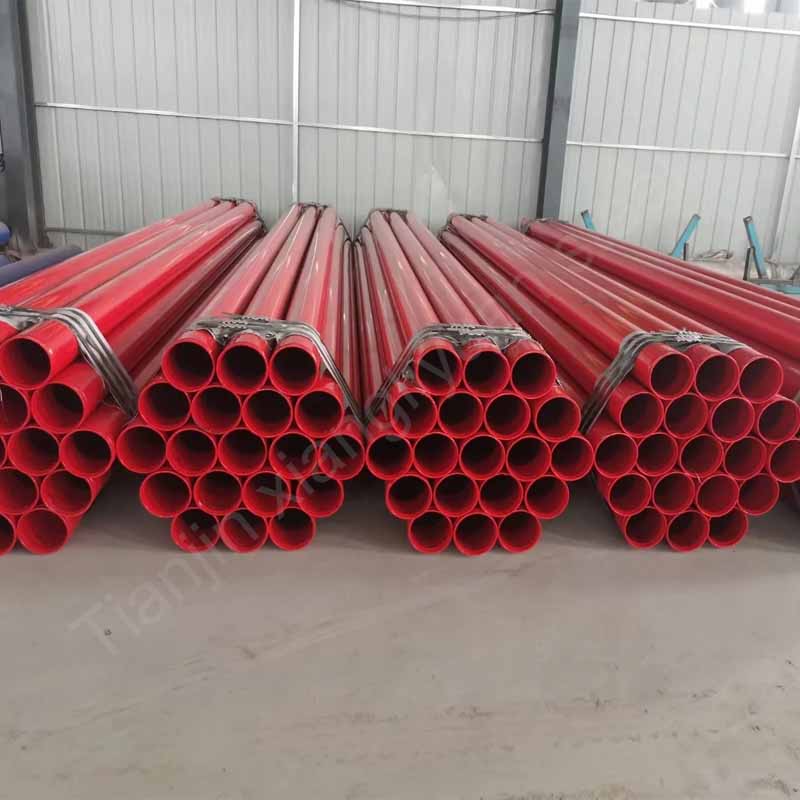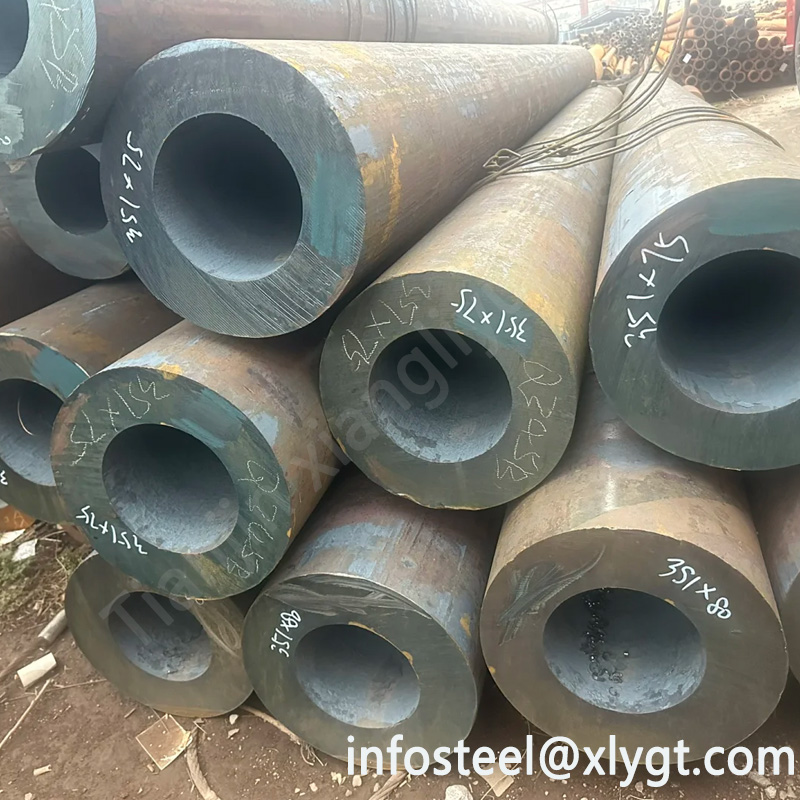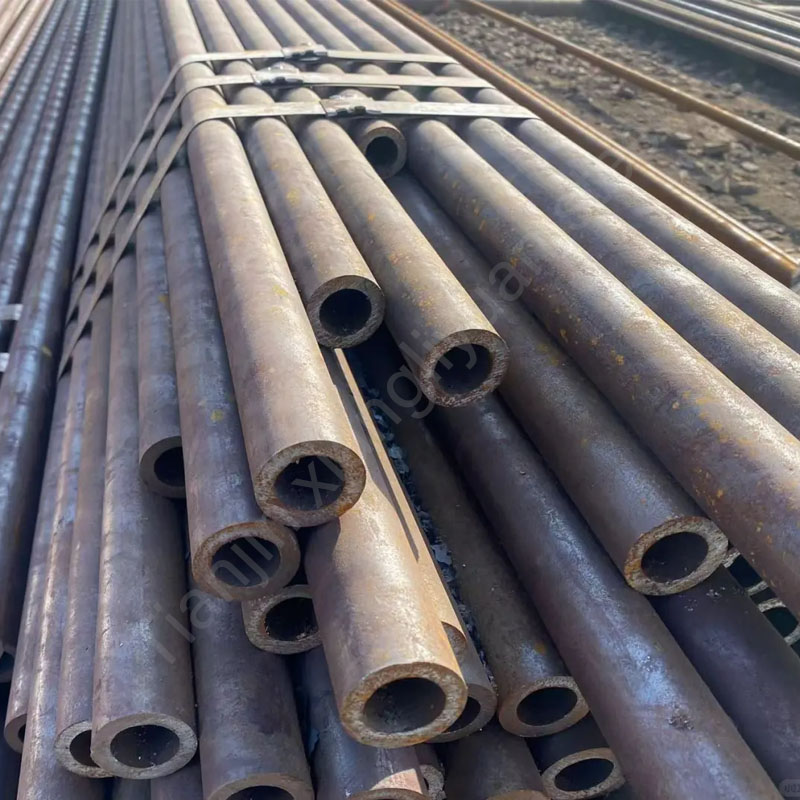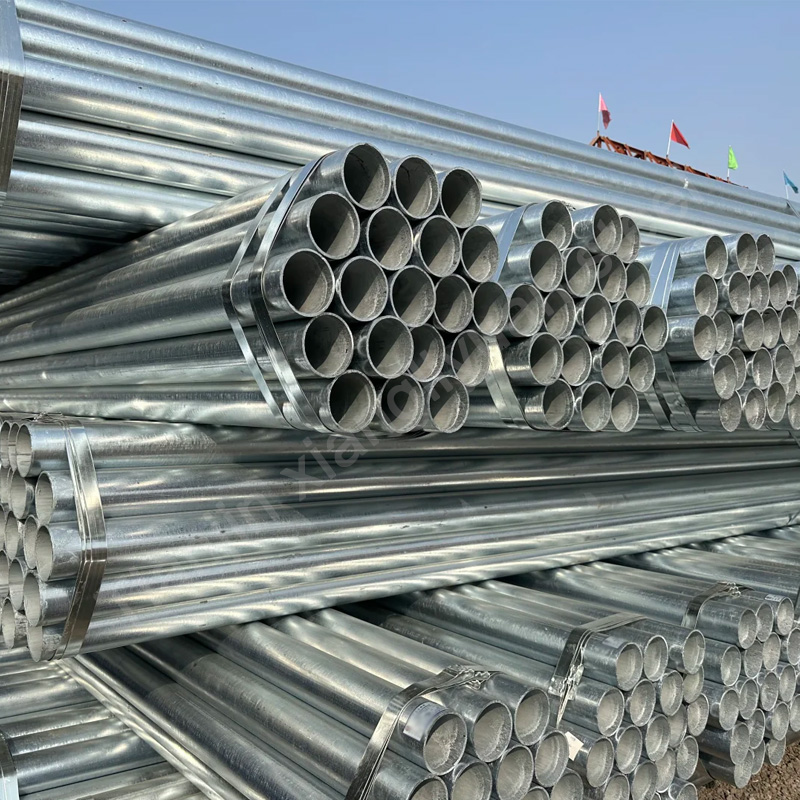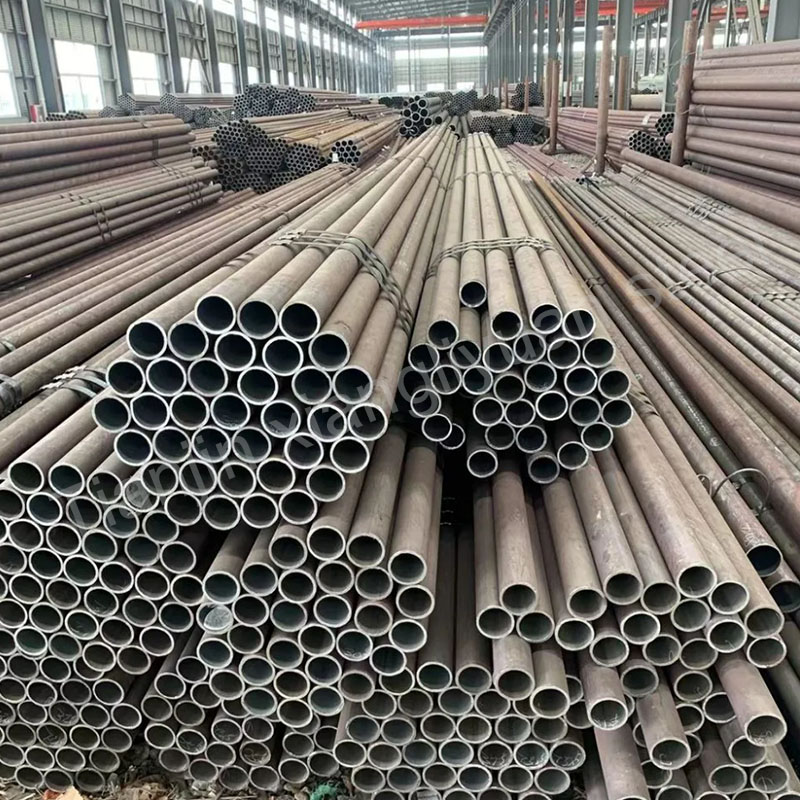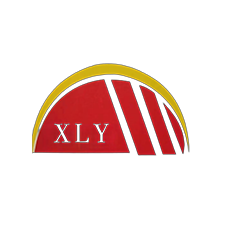Fire fighting tubes are critical components of fire protection systems, designed to deliver water or fire-suppressing agents efficiently during emergencies. These tubes must meet stringent quality, durability, and safety standards to ensure reliable performance under high-pressure conditions. In this guide, we explore the materials, steel grades, international standards, classifications, common specifications, and applications of fire fighting tubes, providing essential insights for engineers, contractors, and safety professionals.
1. Introduction to Fire Fighting Tubes
Fire fighting tubes, also known as fire protection pipes, are specialized conduits used in fire suppression systems such as sprinklers, hydrants, and standpipes. They are engineered to withstand extreme pressure, corrosion, and temperature fluctuations, ensuring uninterrupted water flow during fire emergencies. The choice of material, manufacturing standards, and dimensions directly impacts their performance and compliance with global safety regulations.
2. Materials Used in Fire Fighting Tubes
The material selection for fire fighting tubes prioritizes strength, corrosion resistance, and longevity. Common materials include:
Carbon Steel
Primary Use: Most fire fighting tubes are made from carbon steel due to its high tensile strength and affordability.
Grades: ASTM A53 (seamless/welded), ASTM A106 (high-temperature service), and ASTM A795 (specific to fire protection).
Advantages: Excellent pressure resistance, cost-effective, and widely available.
Stainless Steel
Grades: ASTM A312 (TP304/TP316) for corrosive environments.
Applications: Used in coastal areas or chemical plants where corrosion resistance is critical.
Galvanized Steel
Process: Coated with zinc to prevent rusting.
Standards: ASTM A53 (galvanized) and EN 10255 (Europe).
Benefits: Extended lifespan in humid or outdoor environments.
3. Steel Grades and International Standards
Fire fighting tubes must comply with country-specific standards to ensure safety and interoperability:
United States (ASTM/NFPA)
ASTM A53: Standard for seamless/welded carbon steel tubes.
ASTM A106: High-temperature seamless carbon steel tubes.
NFPA 13: Governs installation and design of sprinkler systems.
Europe (EN Standards)
EN 10255: Non-alloy steel tubes for welding and threading.
EN 10305: Precision steel tubes for hydraulic systems.
China (GB Standards)
GB/T 3091: Welded carbon steel tubes for low-pressure fluid delivery.
GB 5135.1: Technical requirements for automatic sprinkler systems.
Japan (JIS Standards)
JIS G3444: Carbon steel tubes for general structural purposes.
Other Regions
ISO 65: International standard for threaded steel pipes.
BS 1387: British standard for screwed and socketed steel tubes.
4. Classification of Fire Fighting Tubes
Fire fighting tubes are categorized based on manufacturing methods and applications:
By Manufacturing Process
Seamless Tubes: Ideal for high-pressure systems; no welded joints.
Welded Tubes: Cost-effective for low-to-medium pressure applications.
By Coating
Galvanized Tubes: Zinc-coated for corrosion resistance.
Black Steel Tubes: Uncoated, used indoors or in dry environments.
By Application
Wet Systems: Constantly filled with water (e.g., sprinklers).
Dry Systems: Air-pressurized to prevent freezing (e.g., in cold climates).
5. Common Specifications and Dimensions
Fire fighting tube dimensions vary based on system requirements:
| Parameter | Range |
|---|---|
| Outer Diameter (OD) | 1/2″ to 8″ (15 mm to 200 mm) |
| Wall Thickness | SCH 40, SCH 80, or custom |
| Length | 6 meters (standard) or cut-to-size |
Pressure Ratings
SCH 40: Standard weight for general use.
SCH 80: Extra-heavy wall for high-pressure systems.
6. Applications of Fire Fighting Tubes
Fire fighting tubes are integral to multiple fire safety systems:
Sprinkler Systems: Distribute water automatically during fires.
Fire Hydrants: Supply water for manual firefighting.
Standpipe Systems: Vertical pipes in high-rise buildings.
Foam Systems: Transport fire-suppressing foam in industrial settings.
Industry-Specific Use Cases
Commercial Buildings: Lightweight SCH 40 tubes for sprinklers.
Oil & Gas: SCH 80 stainless steel tubes for high-pressure and corrosive environments.
Residential: Galvanized tubes for durability and cost efficiency.
7. Compliance and Certification
To ensure global acceptance, fire fighting tubes must adhere to certifications such as:
UL Listing (Underwriters Laboratories)
FM Global Approval
CE Marking (Europe)
ISO 9001: Quality management systems.
8. Choosing the Right Fire Fighting Tube
Consider these factors when selecting tubes:
Environmental Conditions (humidity, temperature).
Pressure Requirements (SCH rating).
Local Regulatory Standards (ASTM, EN, GB).
Budget (seamless vs. welded, galvanized vs. black steel).
9. Maintenance and Inspection
Regular inspections are critical to ensure system integrity:
Check for corrosion, leaks, or physical damage.
Conduct hydrostatic tests to verify pressure resistance.
Replace damaged sections promptly to avoid system failure.
10. Future Trends in Fire Fighting Tube Technology
Innovations such as smart sensors for leak detection and lightweight composite materials are reshaping the industry, enhancing safety and efficiency.
Fire fighting tubes are the backbone of modern fire protection systems, combining robust materials, precise engineering, and strict adherence to international standards. By understanding their steel grades, dimensions, and applications, stakeholders can make informed decisions to enhance building safety. For certified fire fighting tubes tailored to your project needs, explore our product catalog or contact our experts today.

